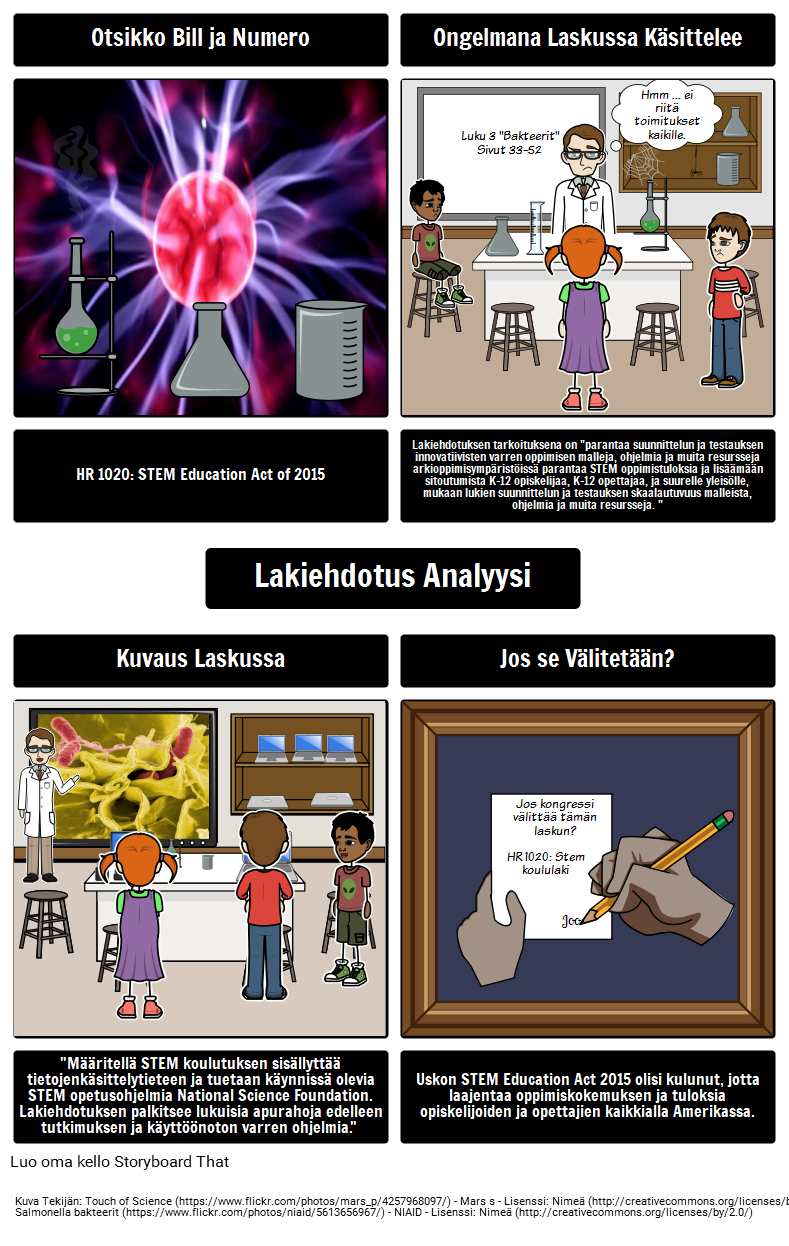

One was the STEM Education Act of 2015, which added computer science to the STEM curriculum and provided more teacher training. Two notable developments occurred in 2015. Its goal involved "moving American students from the middle to the top of the pack in science and math achievement over the next decade." The Initiative included preparing 100,000 STEM teachers by 2021 and called for increasing federal funding toward STEM education. In 2009, President Obama established the Educate to Innovate Initiative. The No Child Left Behind (NCLB) Act also passed in 2001, authorizing state-level standardized testing to maintain high academic standards.ĭespite state and nationwide efforts to bolster science education, U.S. Six more states followed suit and secured funding to ensure that every student graduated high school with core science proficiencies. In that same year, Arizona's governor, Janet Napolitano, spearheaded the acquisition of public and private grant funding to support STEM education. That same year, Judith Ramaley, NSF Director of Education and Human Resources, changed the acronym to STEM. The National Science Foundation (NSF) created the acronym SMET to reflect the standards in science, math, engineering, and technology that educators would follow to teach K-12 students problem-solving, analytical thinking, and science competencies. The year 2001 saw a push to address the shortfall.

students' achievements in the STEM disciplines were falling short compared to other industrialized countries. The first artificial heart and first space shuttle landing invigorated the call for enhanced science education.Īt the turn of the twenty-first century, a consensus emerged that U.S. This period saw the first computers and cell phones. The United States continued to see more technological developments throughout the 1970s and 1980s. President Kennedy's promotion of scientific advancement contributed to the 1969 moon landing. interest in science, but it brought more national attention to science education. NASA's establishment didn't necessarily mark the beginning of U.S. In response to Russia's launch of the Sputnik satellite, President Eisenhower inaugurated the National Aeronautics and Space Administration (NASA) in 1958. The 1950s ushered in the Cold War and the space race. This period yielded such innovations as synthetic rubber, improved transportation, and atomic weaponry, all of which helped win the war.

World War II brought about unprecedented advancements due largely to military, business, and academic collaborations. When more land grant institutions emerged, STEM training expanded beyond education and began penetrating the workforce. The Act later established engineering programs as well. STEM's development traces back to the Morrill Act of 1862, which created land grant universities to promote agricultural science. Taking a look back at the history of STEM education and innovation can provide a glimpse into what's in store for the future. pursuit of education and innovation in science and technology has a rich history. The story of this acronym is young, but the U.S. The combined curriculum of science, technology, engineering, and mathematics wasn't always known as STEM.


 0 kommentar(er)
0 kommentar(er)
